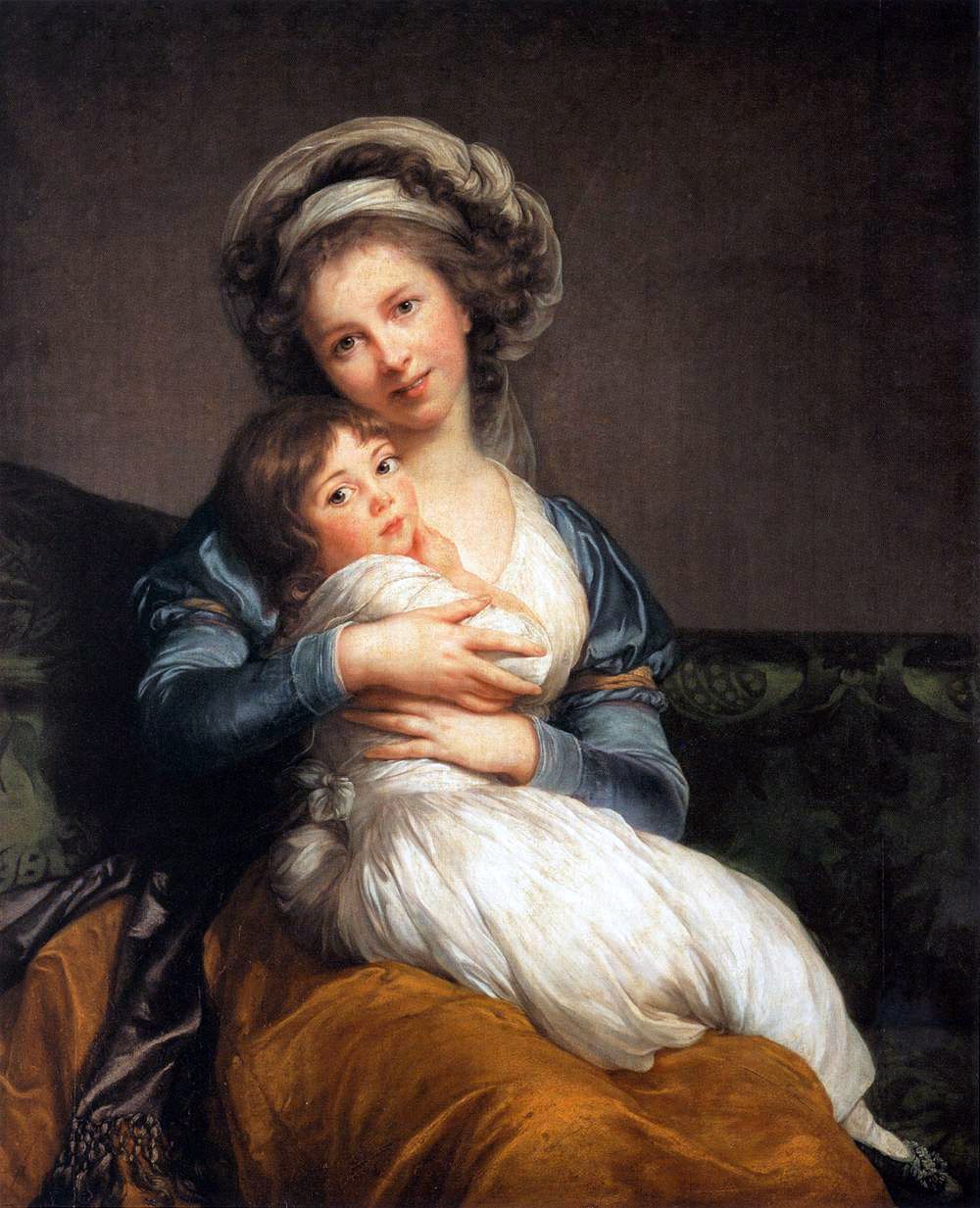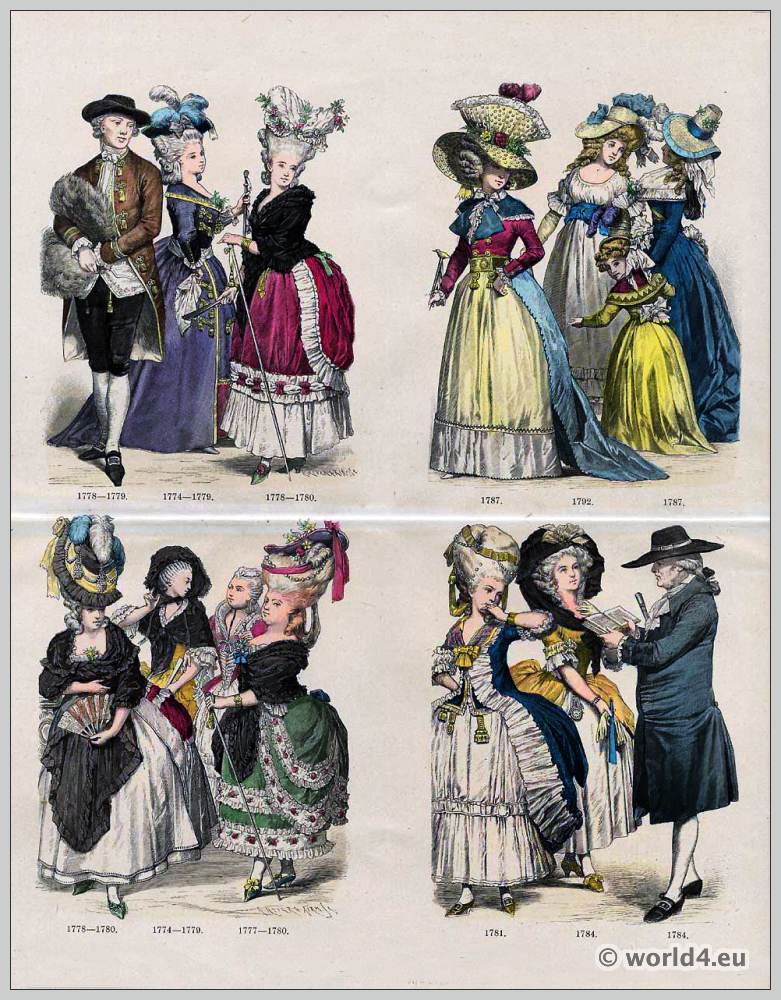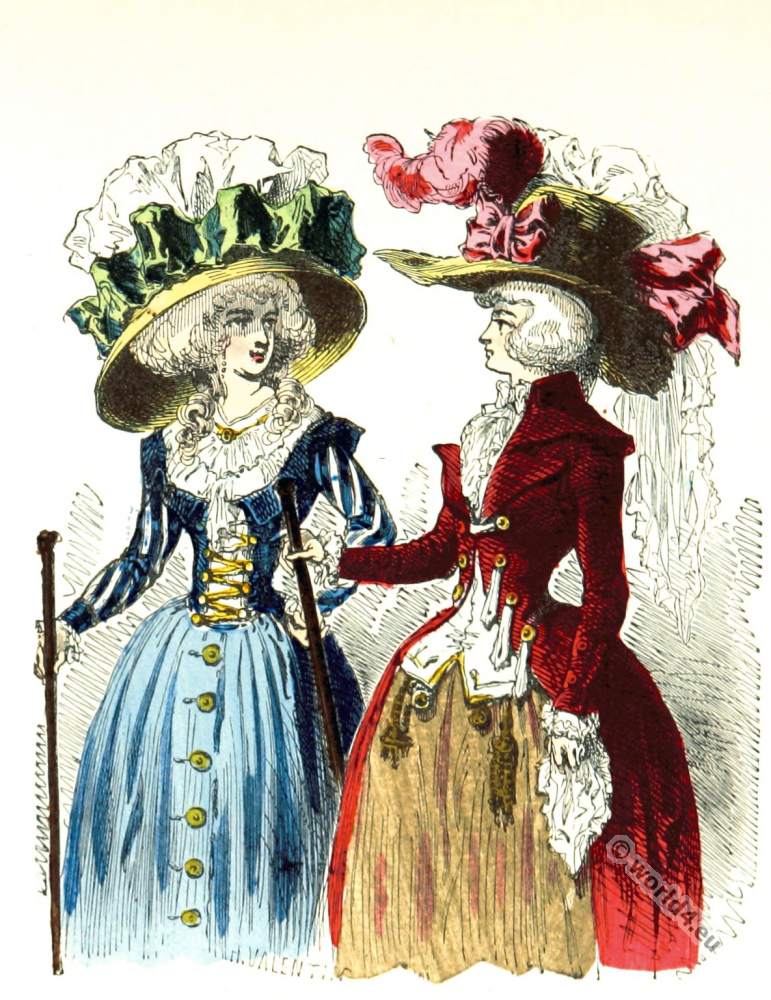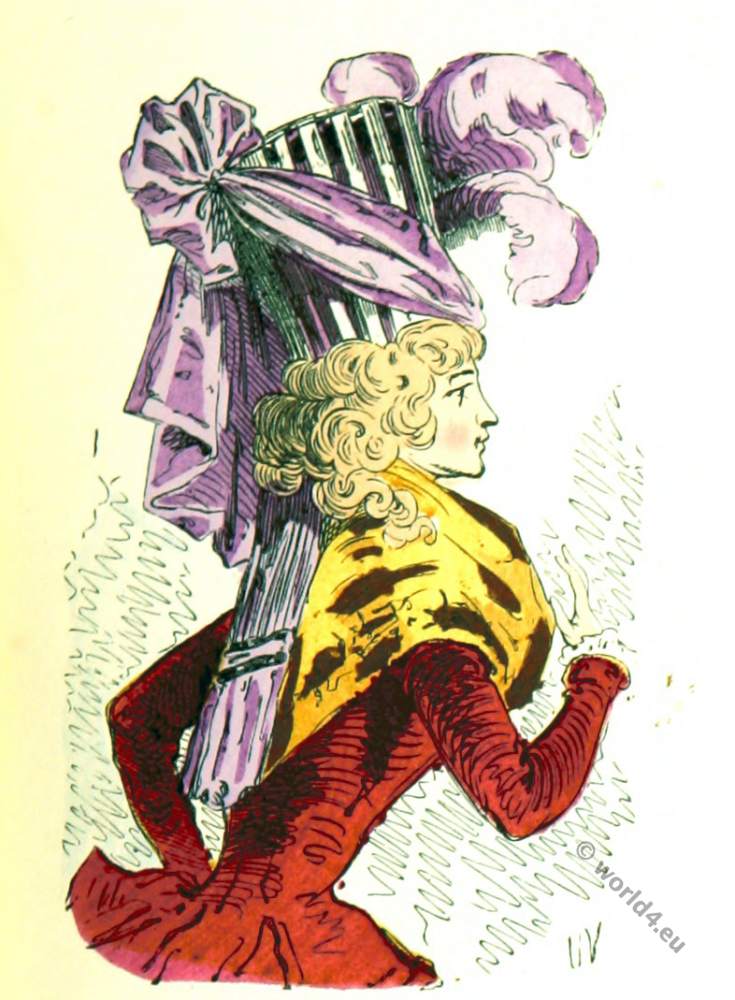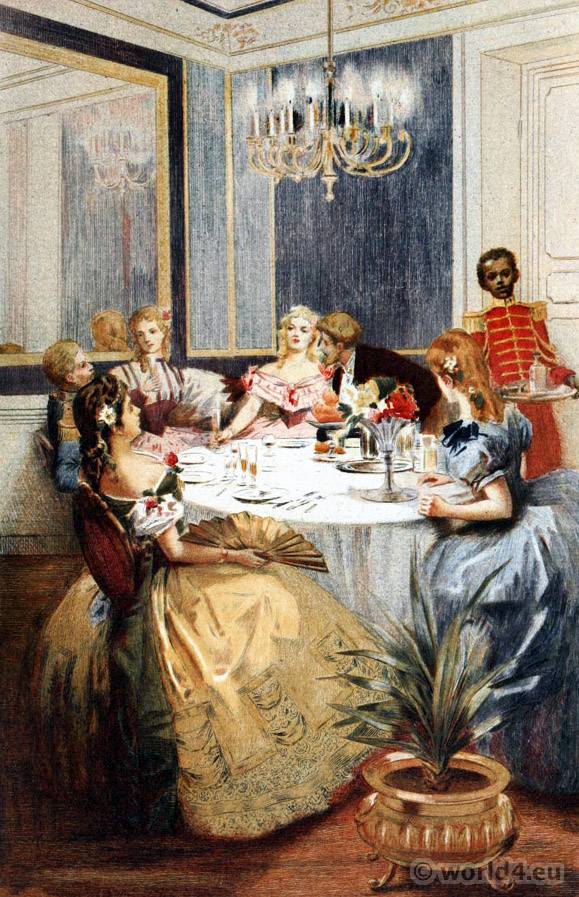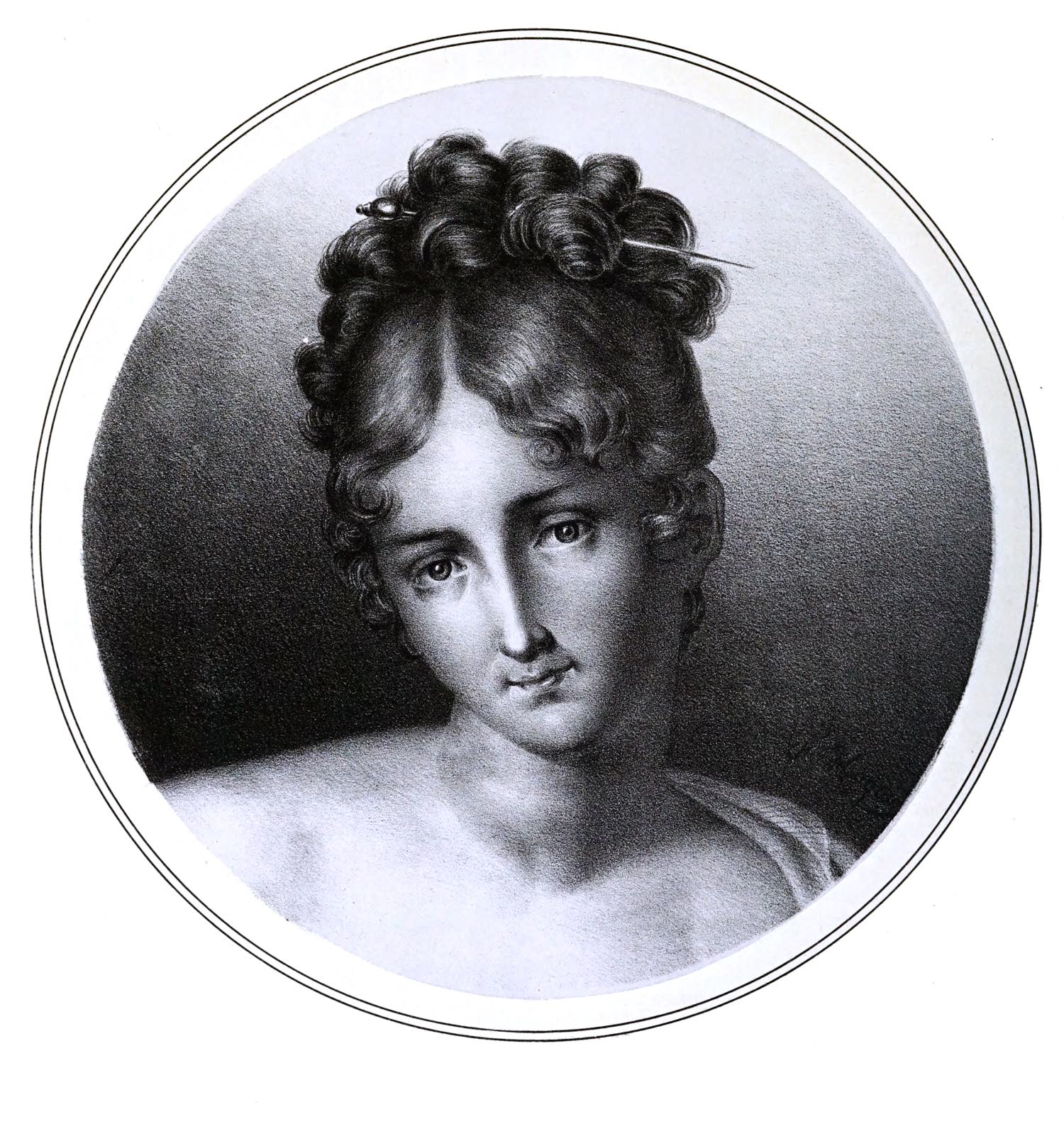MADAME VIGÉE LE BRUN AND CHILD.”
By Herself.
Elisabeth Louise Vigée Le Brun, the daughter of a portrait painter, was born in Paris in 1755, and began painting portraits at the age of 15, in 1776 she married J. P. Pierre Le Brun, the picture deafer and artist, and three years later she painted the first of at least twenty-five portraits of Marie Antoinette, with whom she was on intimate terms of friendship.
Elected to the Academy of Fine Arts she regularly exhibited at the Salon from 1783 (her dozen or more pictures of this year including a portrait of herself and one of her child),- in 1789 she visited Bologna, Rome, Naples, Florence, Vienna, and St. Petersburgh, painting a large number of pictures, chiefly portraits.
She returned to France in 1801, and the next year visited England where she remained three years,- after visiting other countries she settled in Paris about 1815, and remained there till her death in 1842. Her “Souvenirs” form very interesting reading. Her daughter, born about 1778, married during her mother’s residence in St. Petersburg a M. Nigris, and died in 1819.
This picture was exhibited at the Salon of 1787,- it was sold by her during the early stages of the Revolution to M. de Laborde with her portrait of Hubert Rubert for 18,000 francs, but the bargain was not consummated and the pictures were returned to the artist, who retained them till her death and bequeathed them to the Louvre.
Painted at Vigée Le Brun’s best period this group ranks among her highest achievements,- it has been engraved and reproduced times out of number and is one of the most popular pictures in the world.
Source: Engravings in mezzotint by Sydney Ernest Wilson. London, Vicars brothers 1912.

Continuing
Discover more from World4 Costume Culture History
Subscribe to get the latest posts sent to your email.

